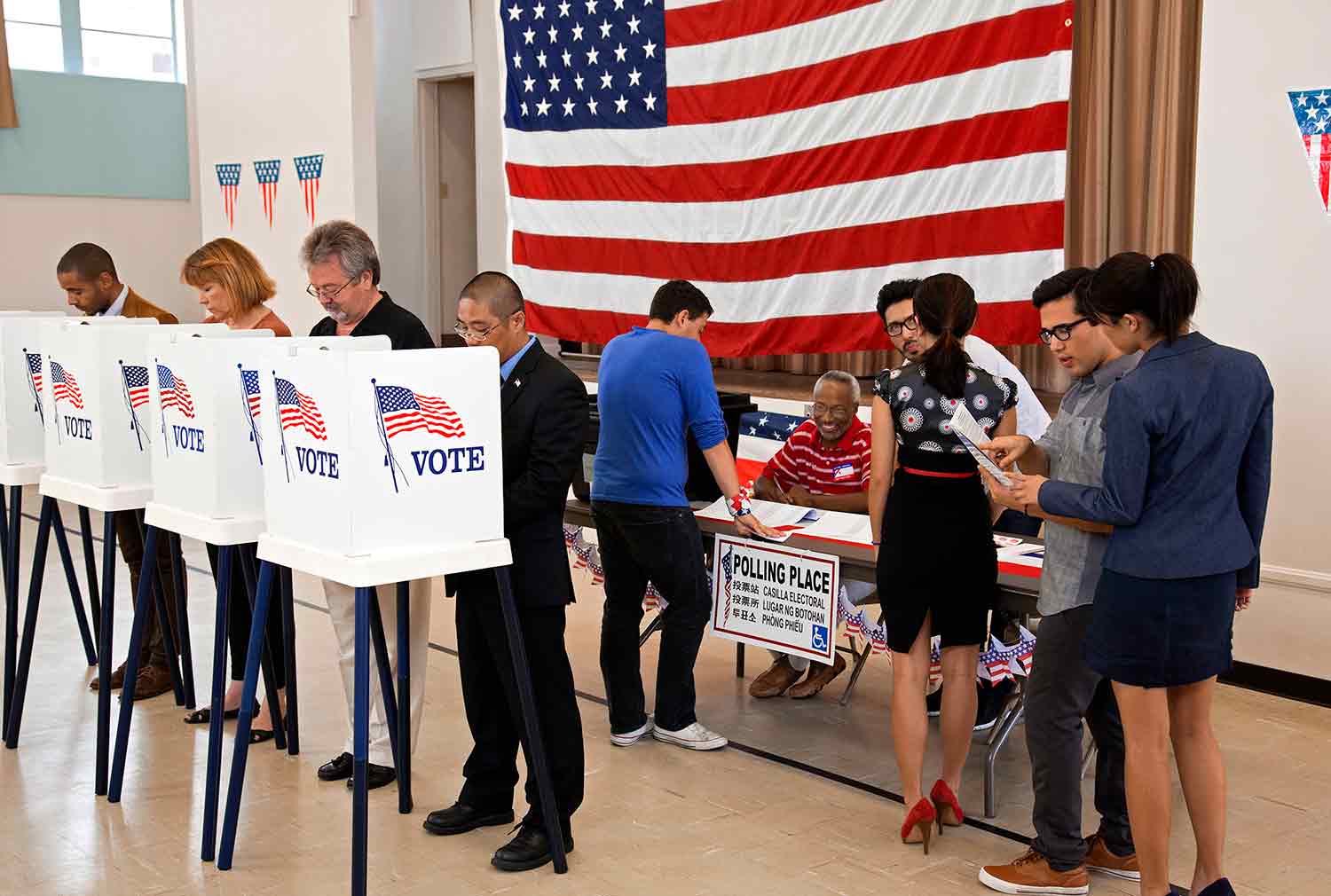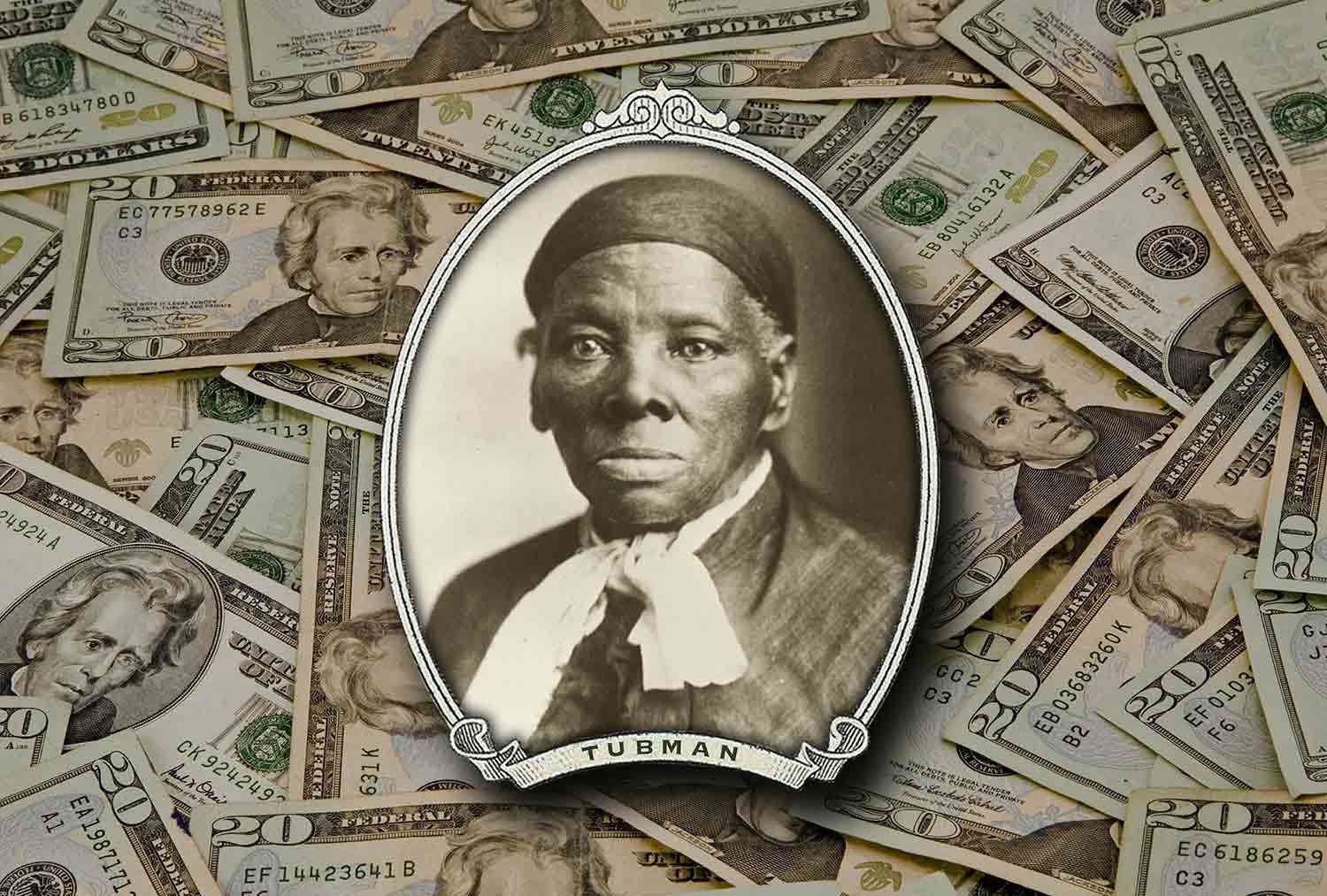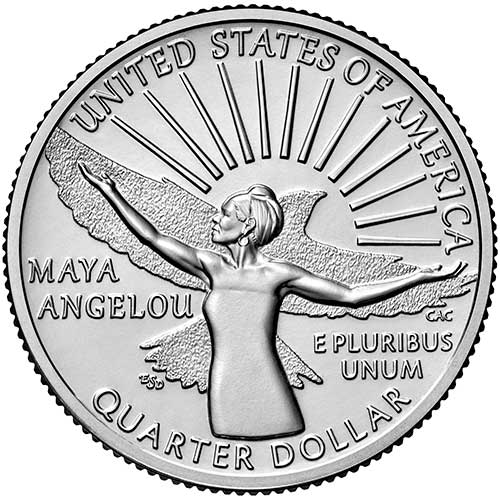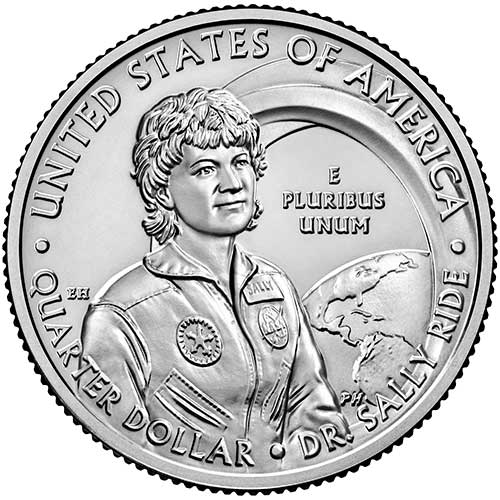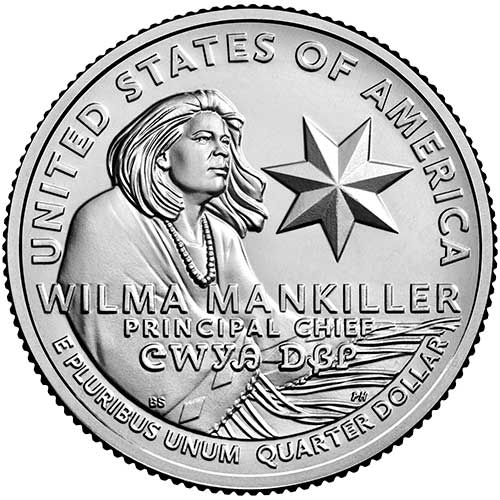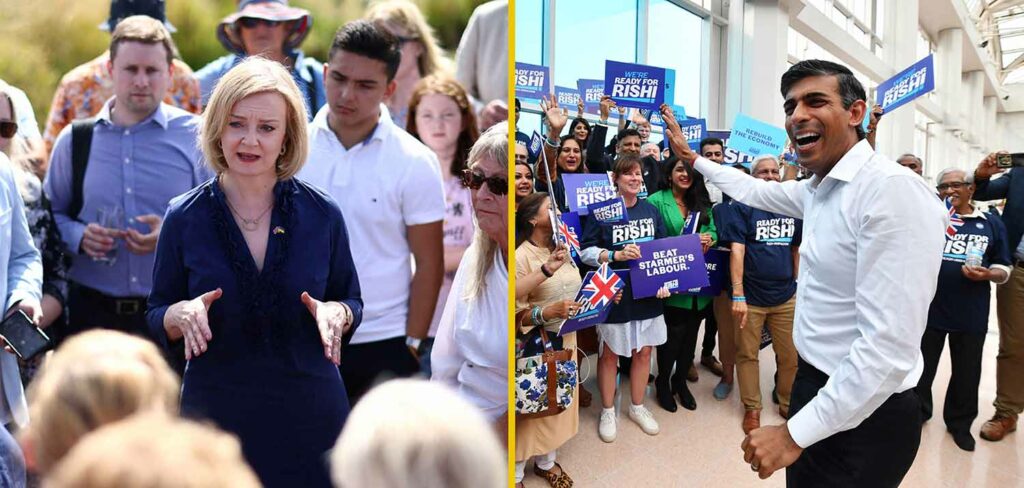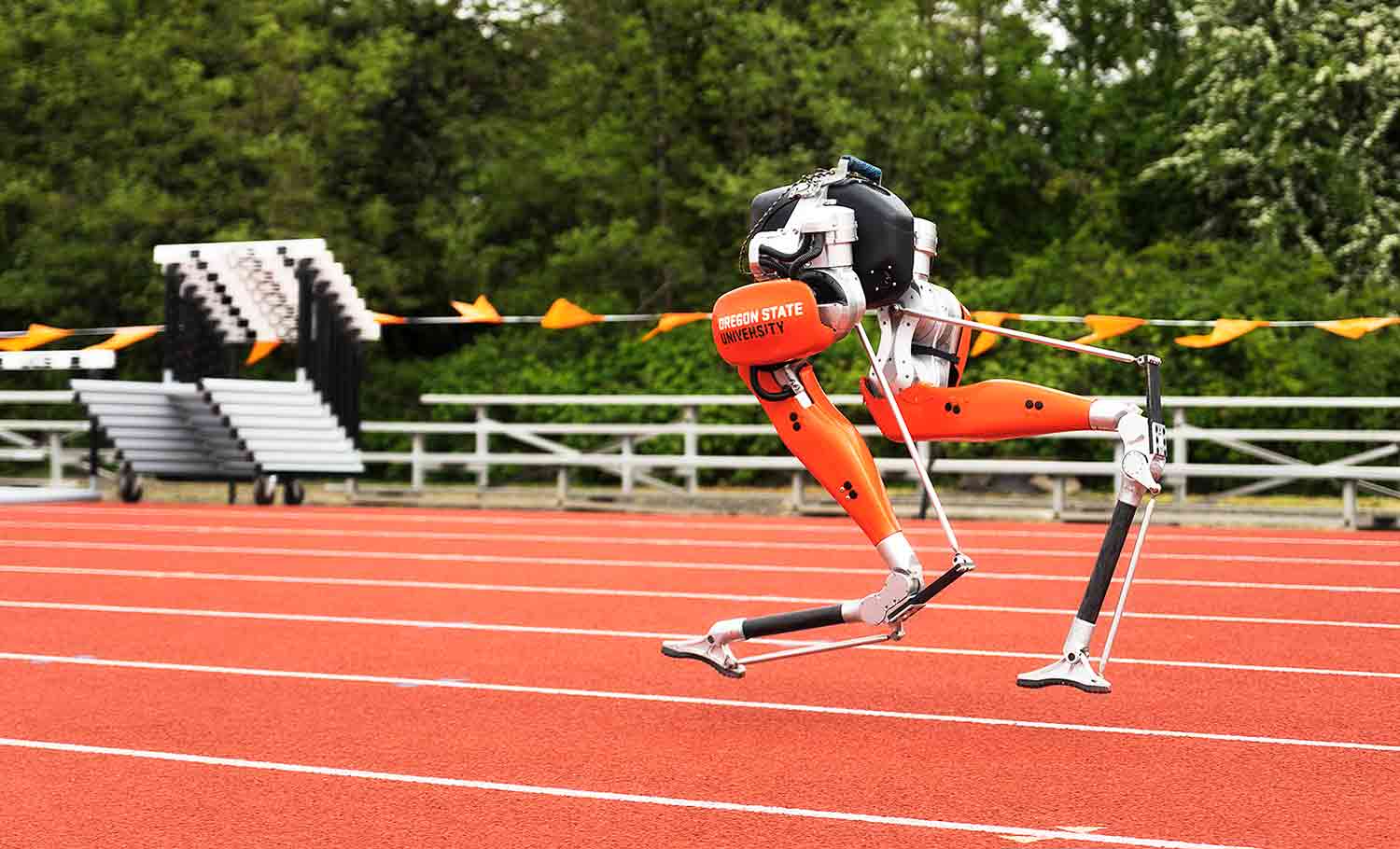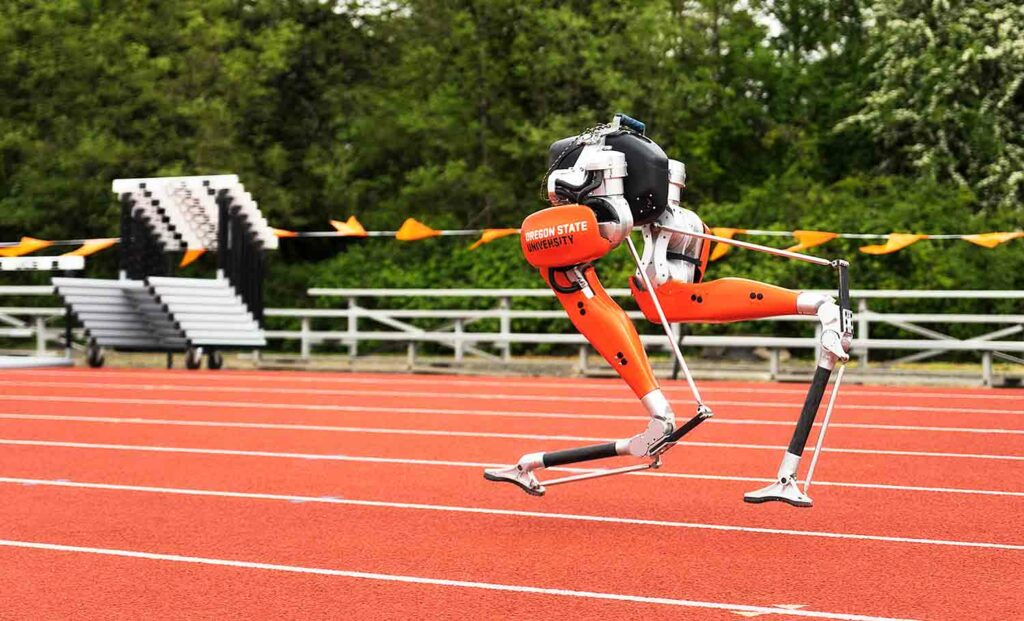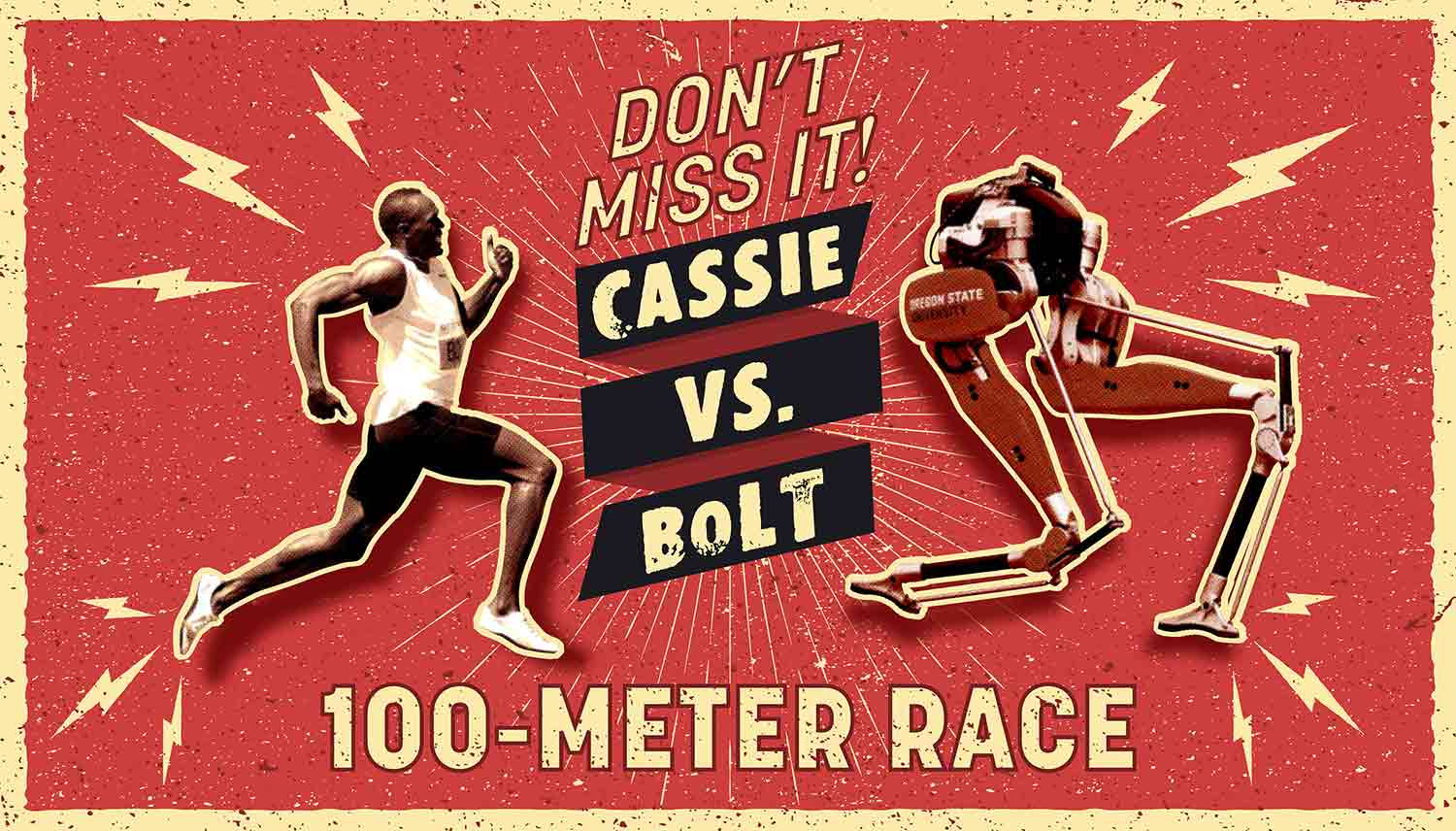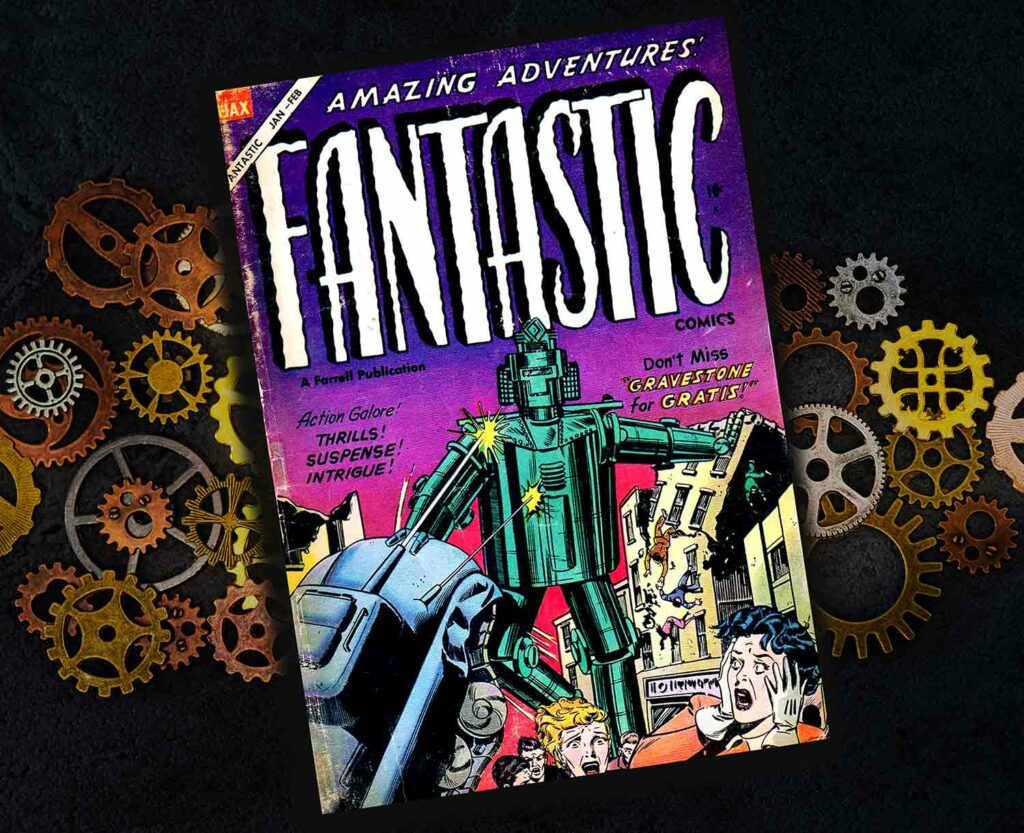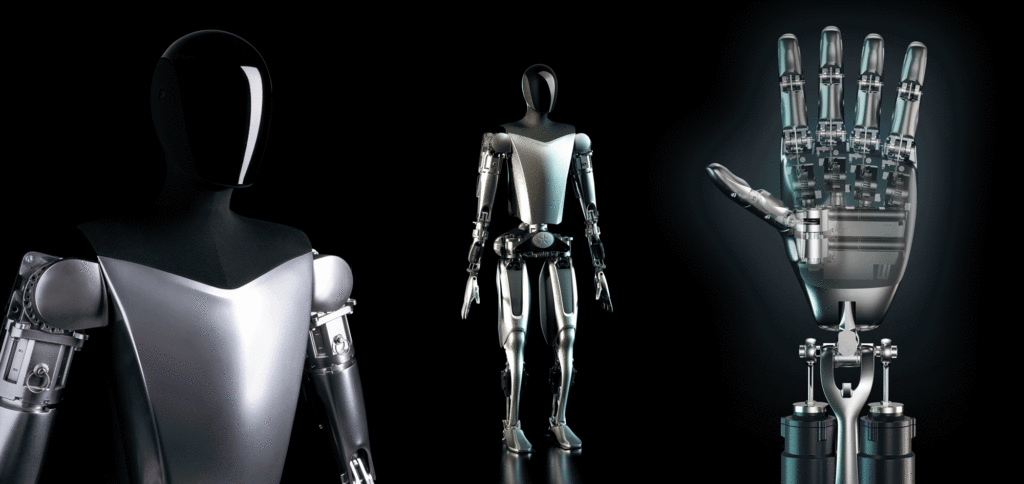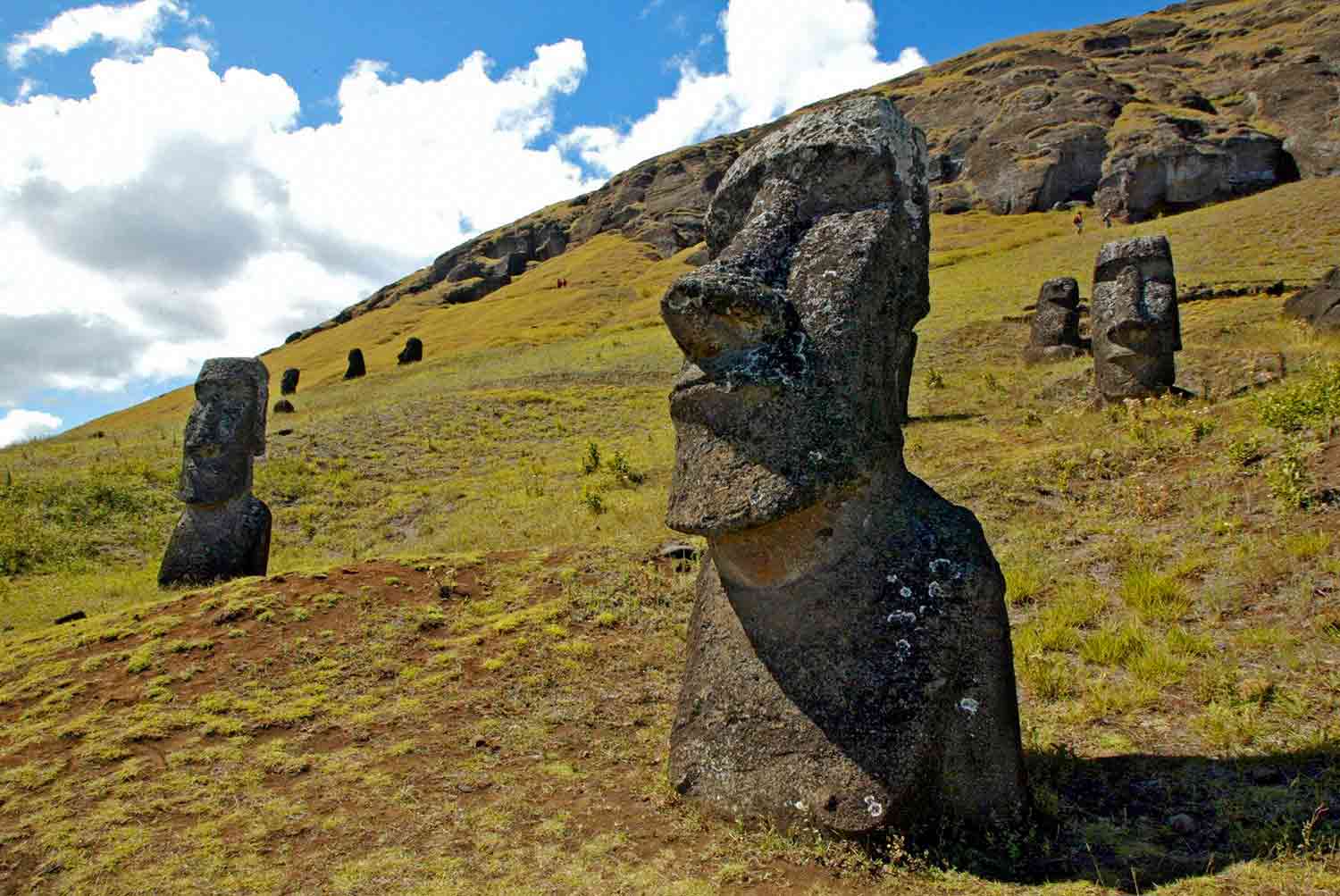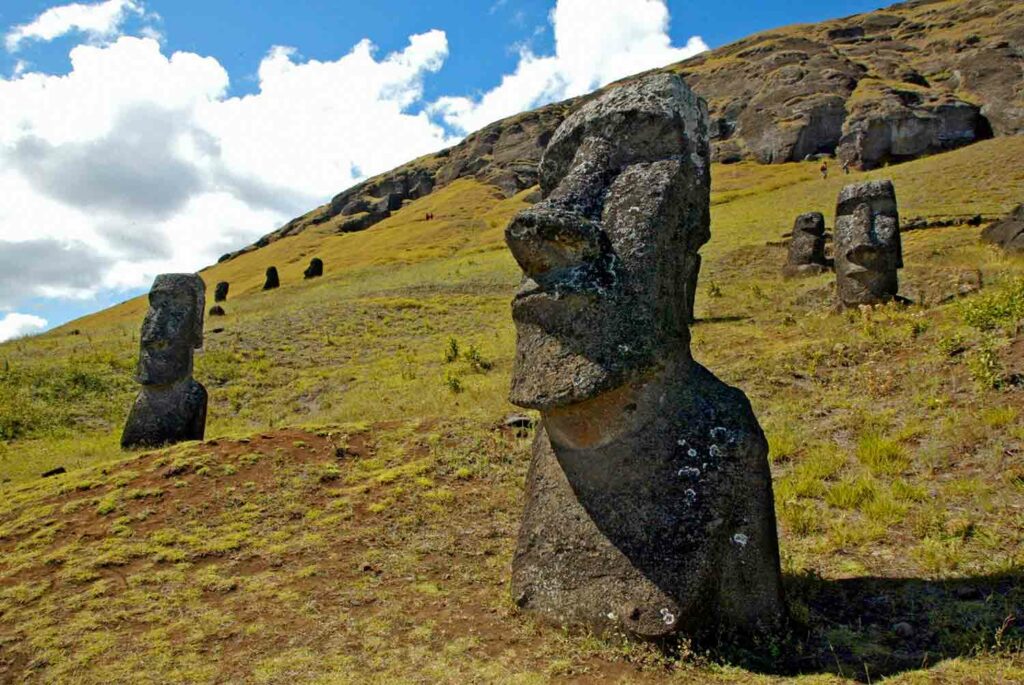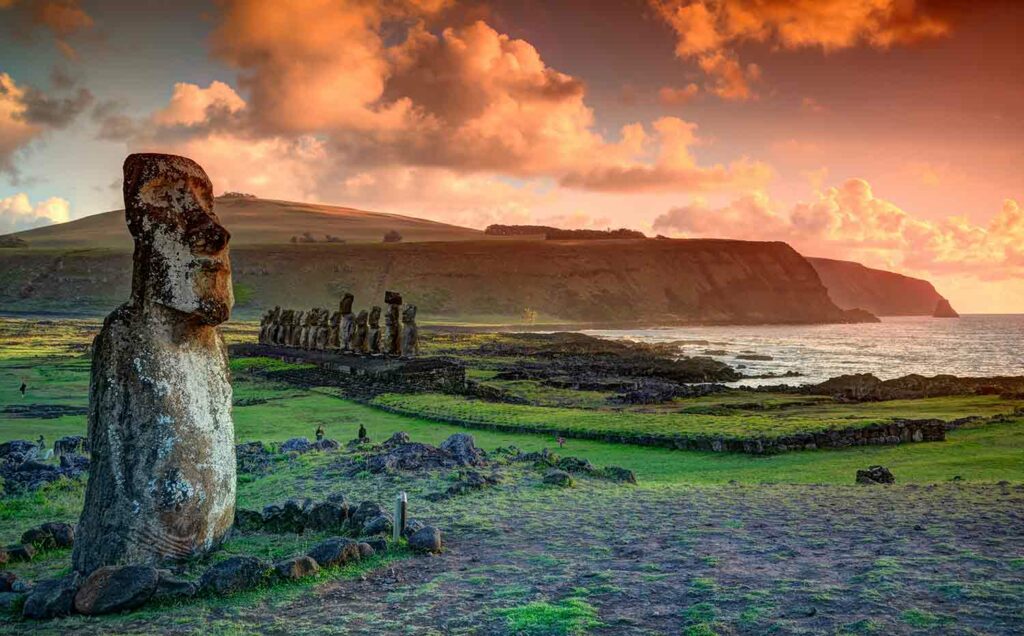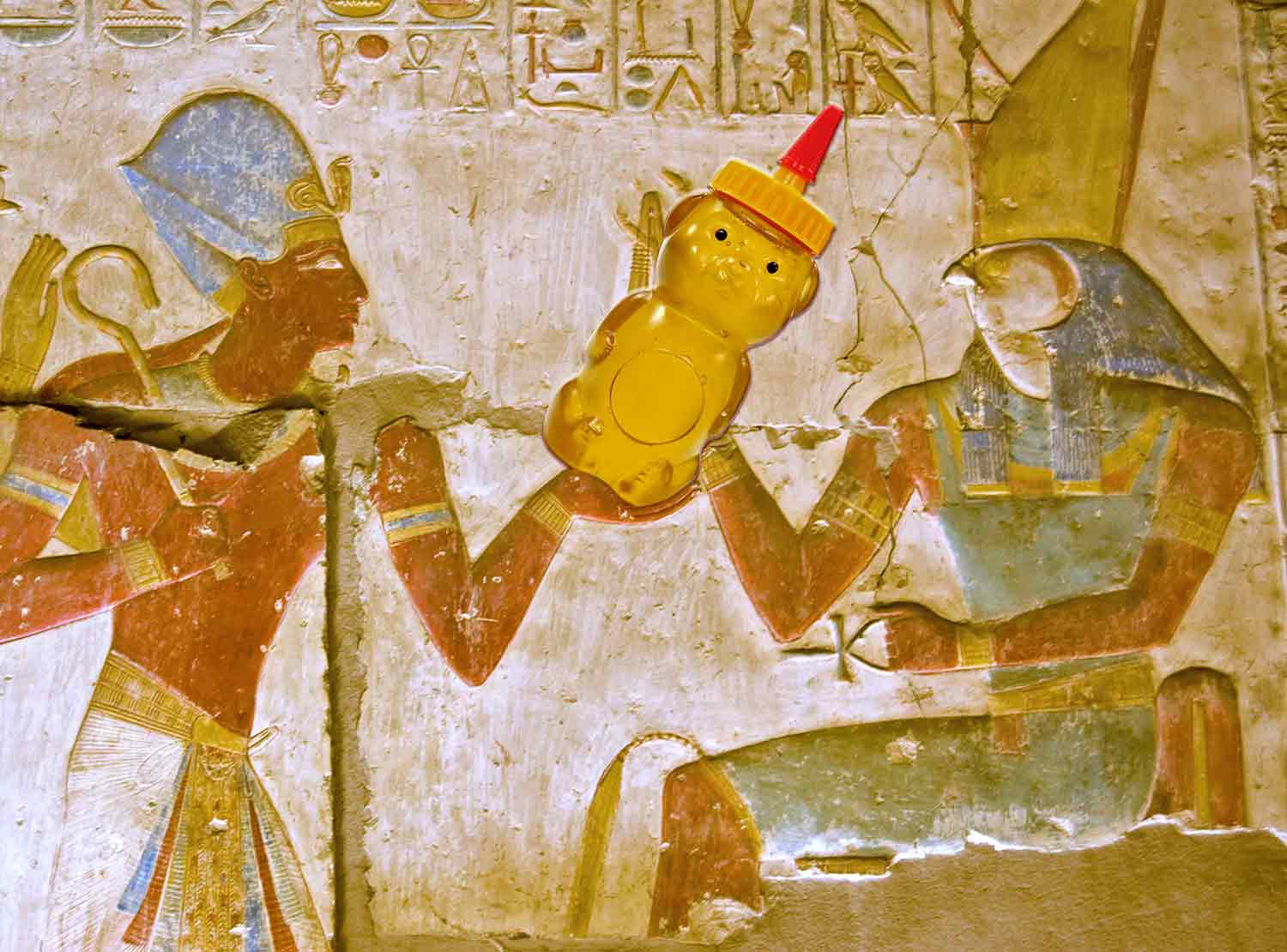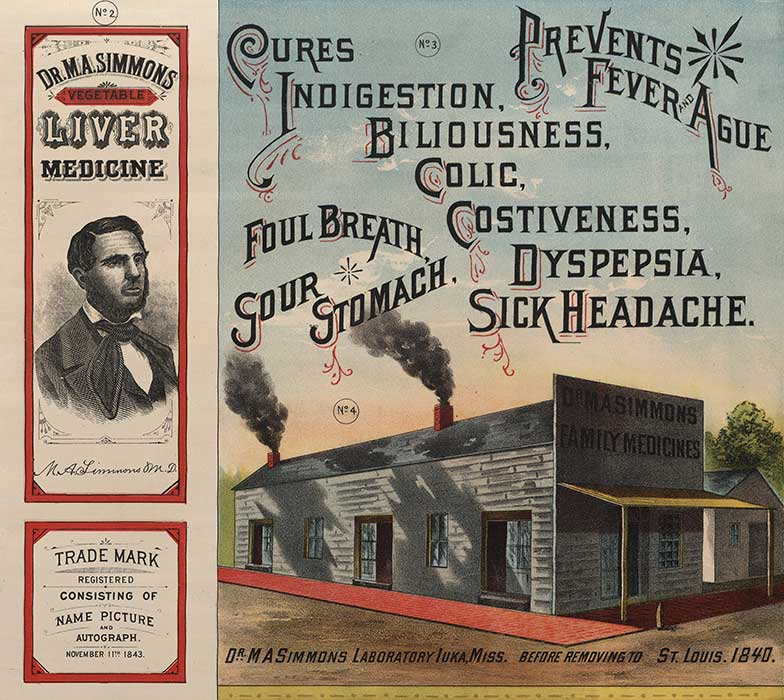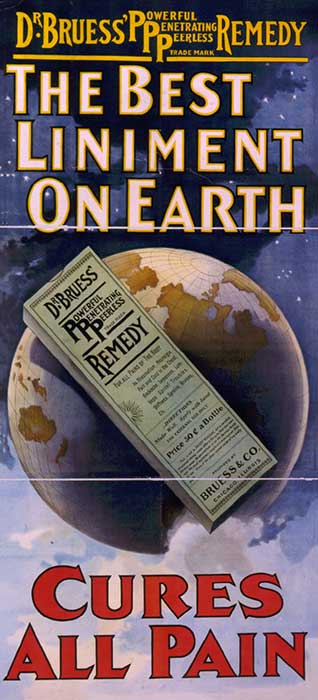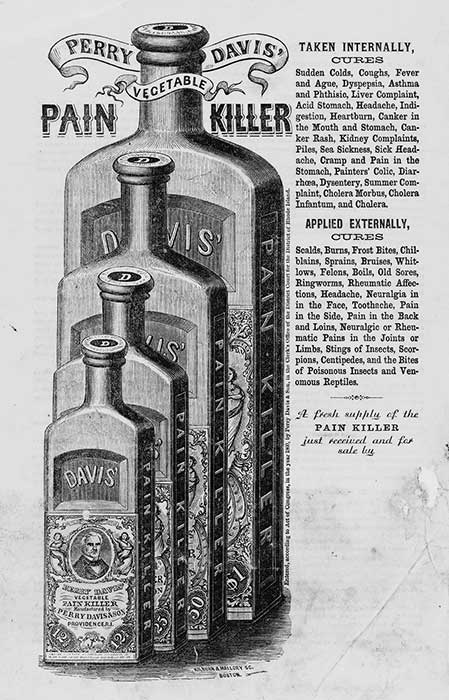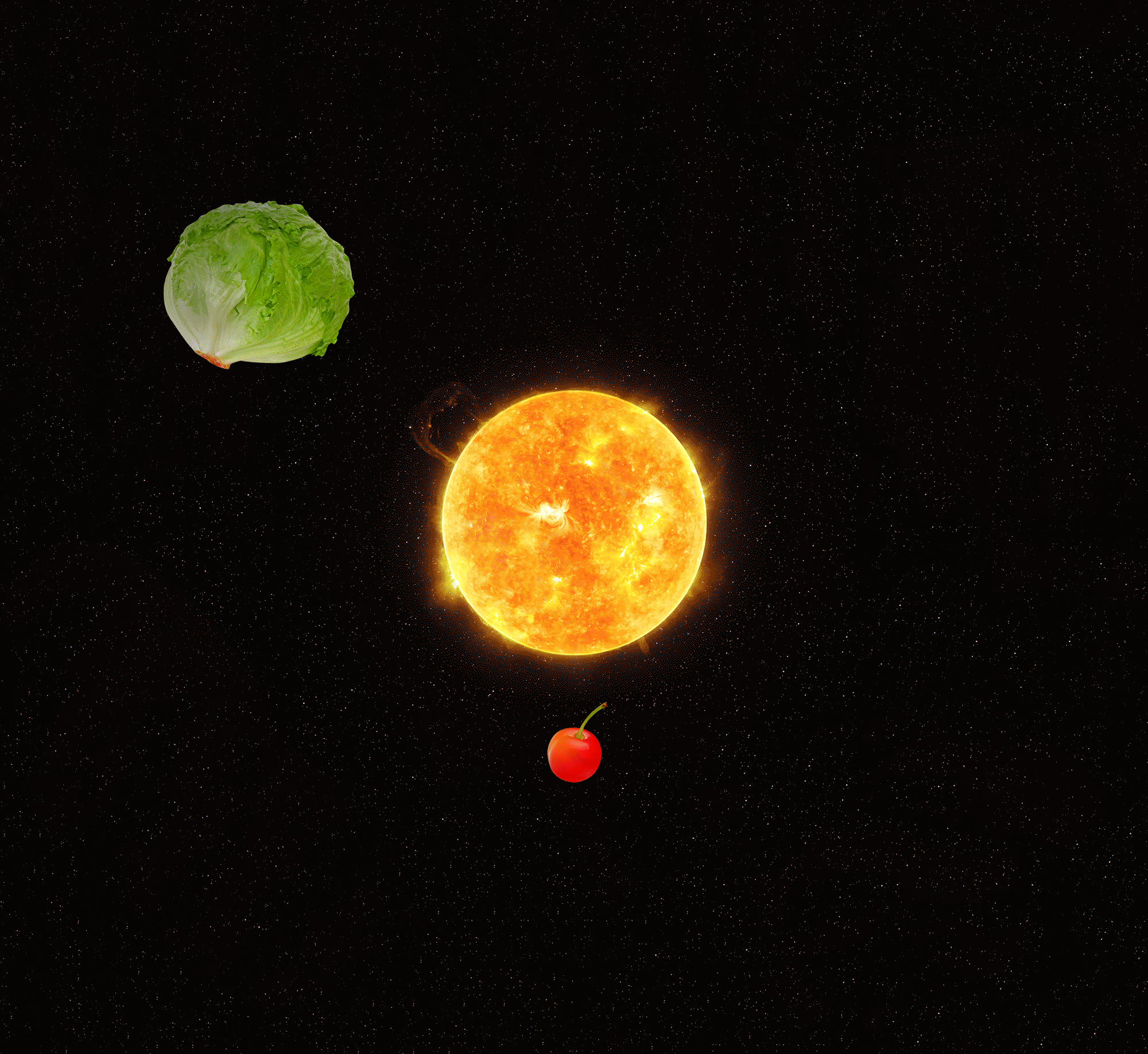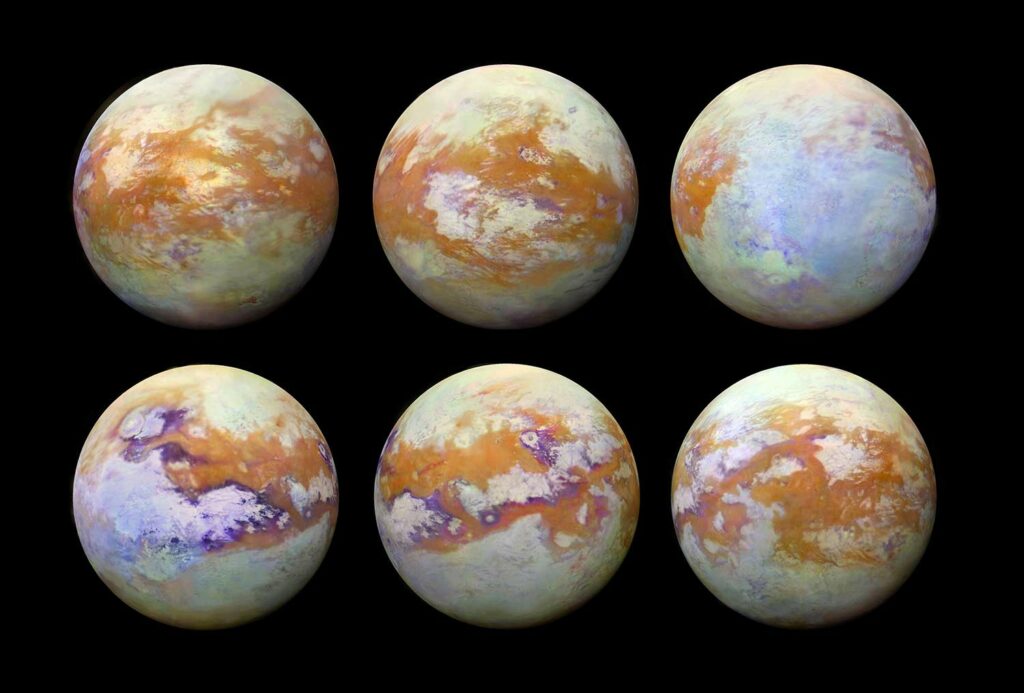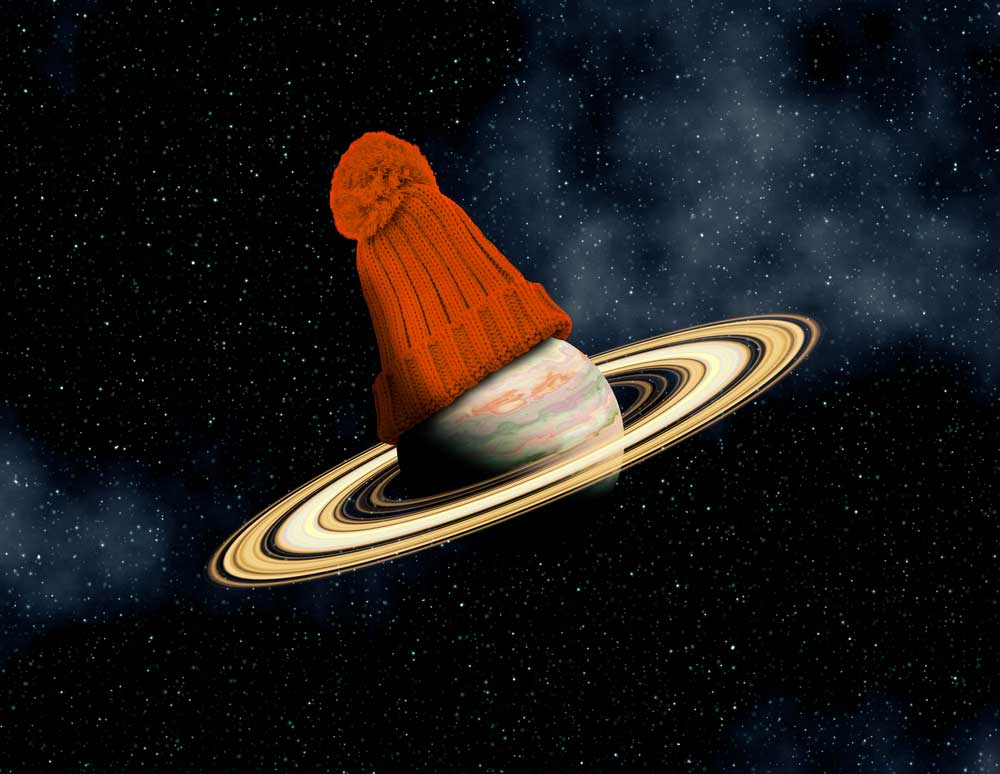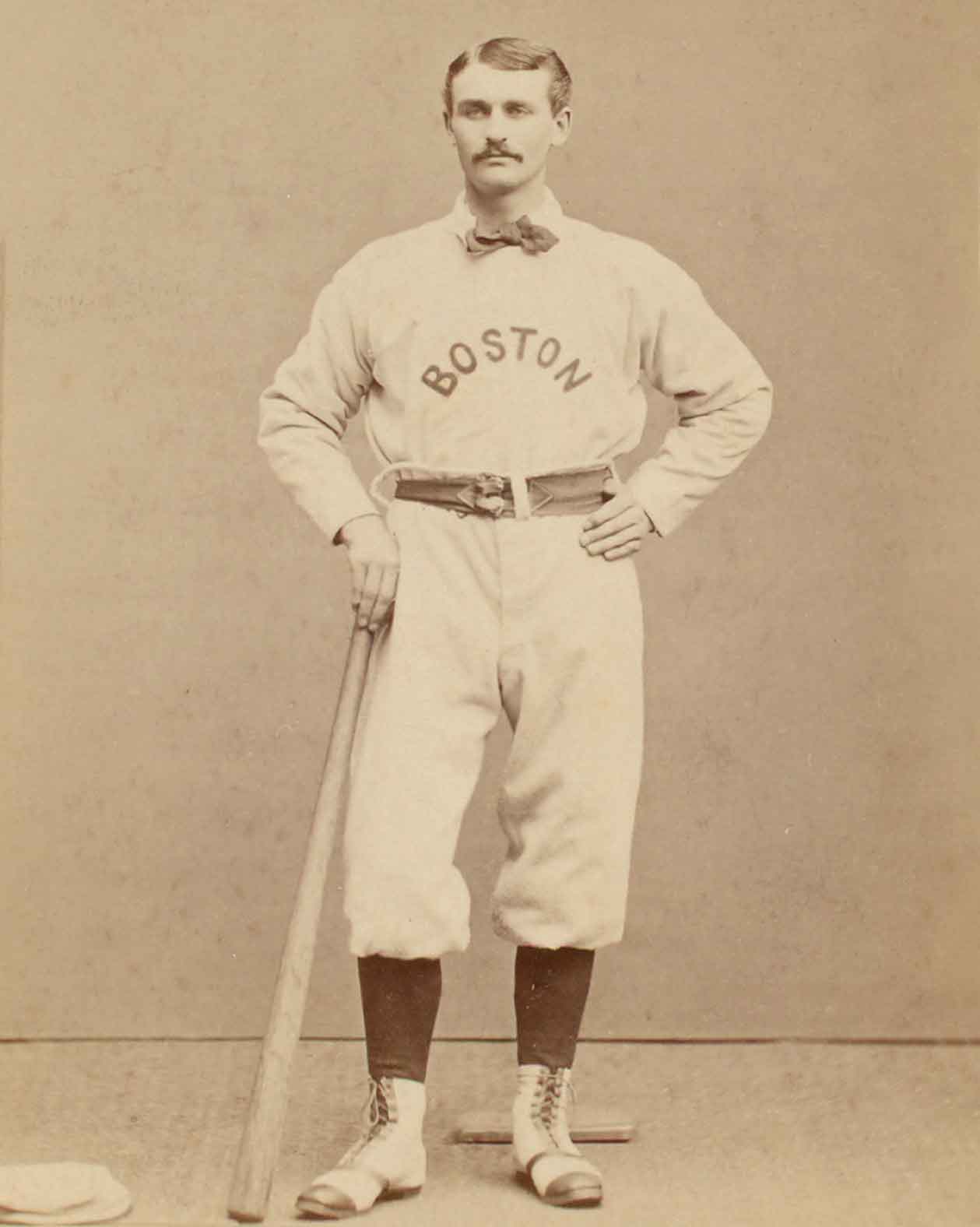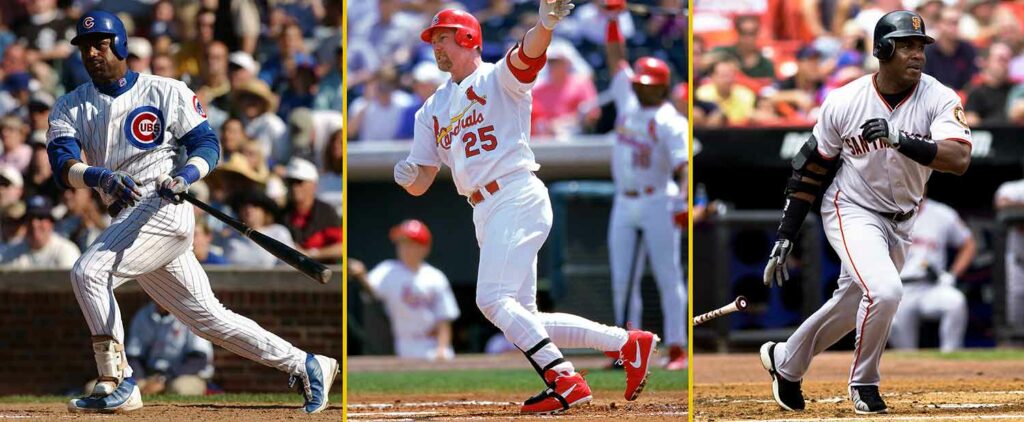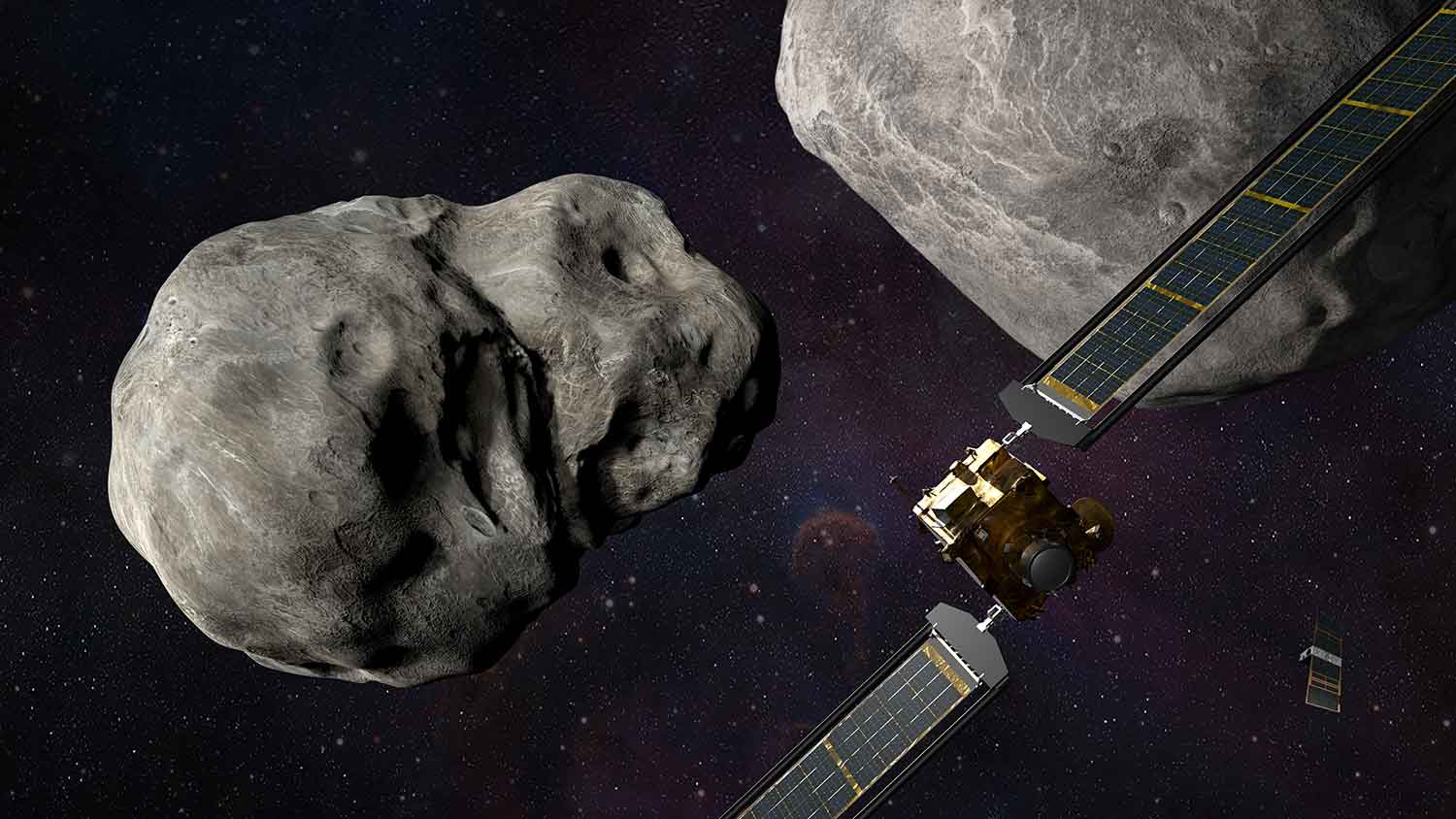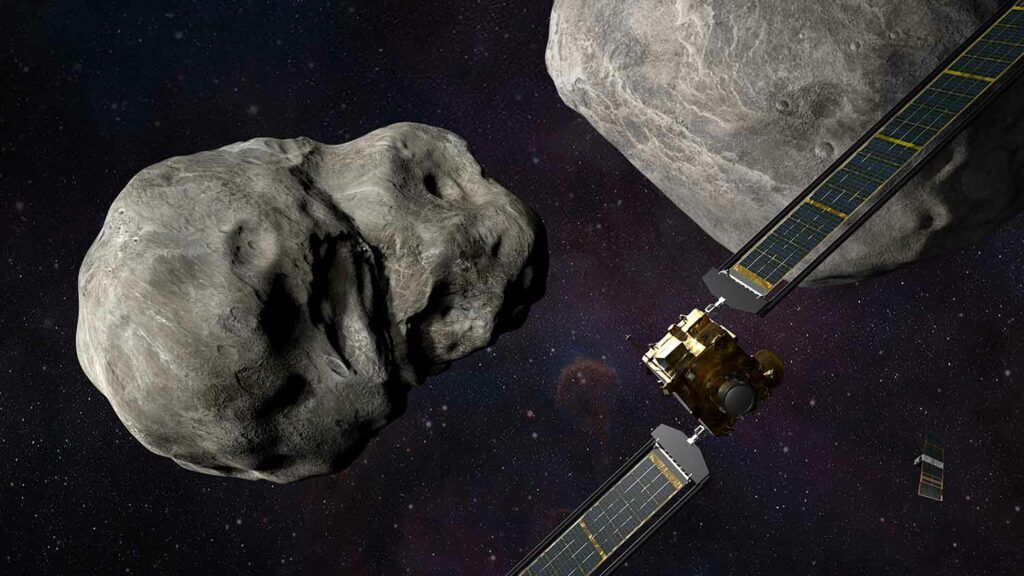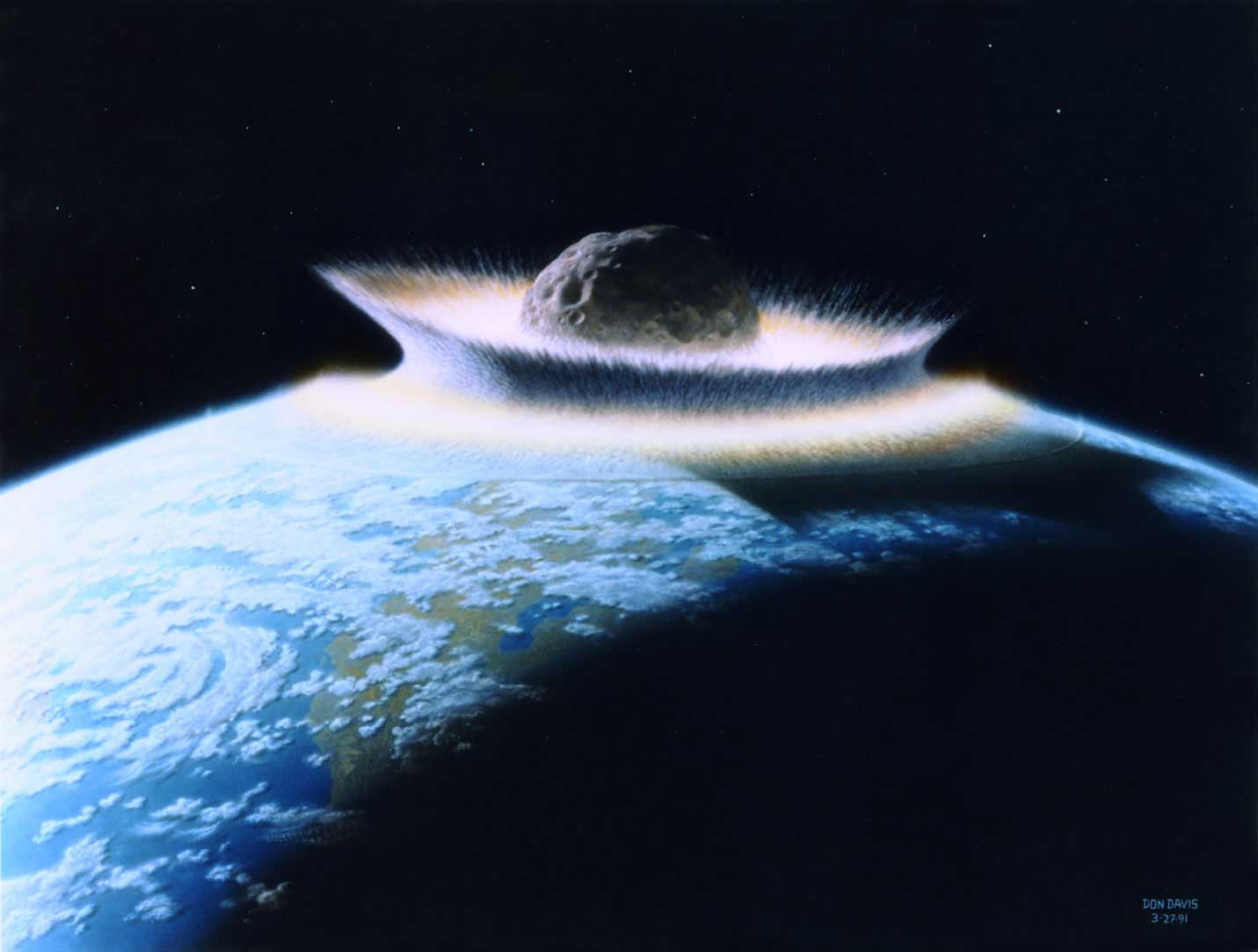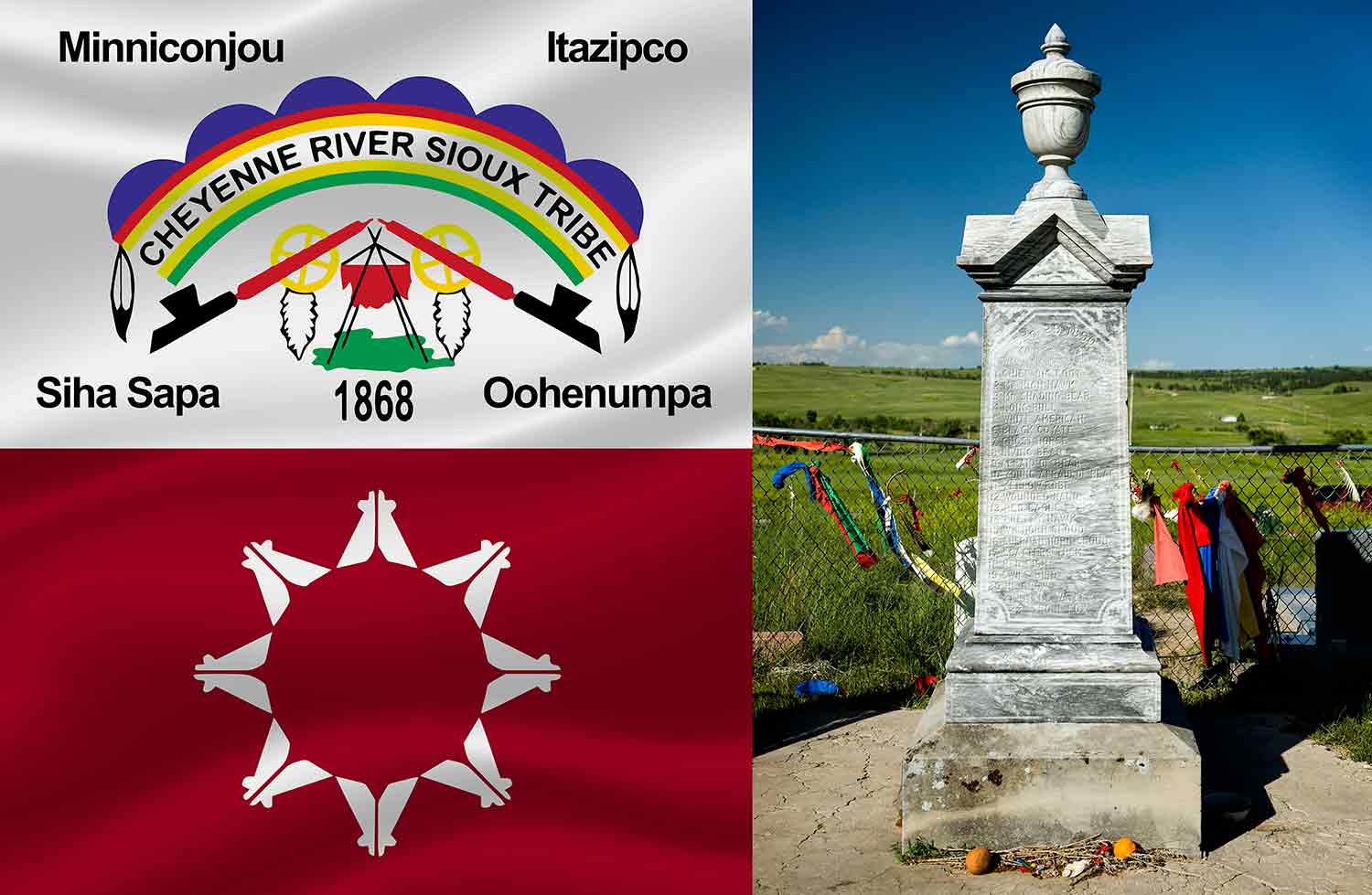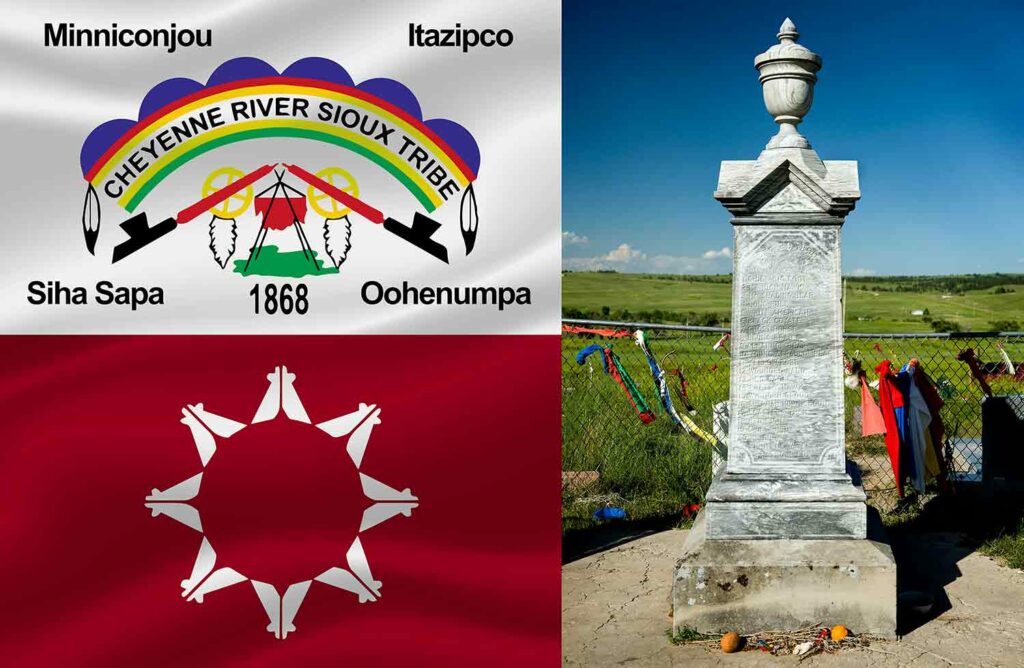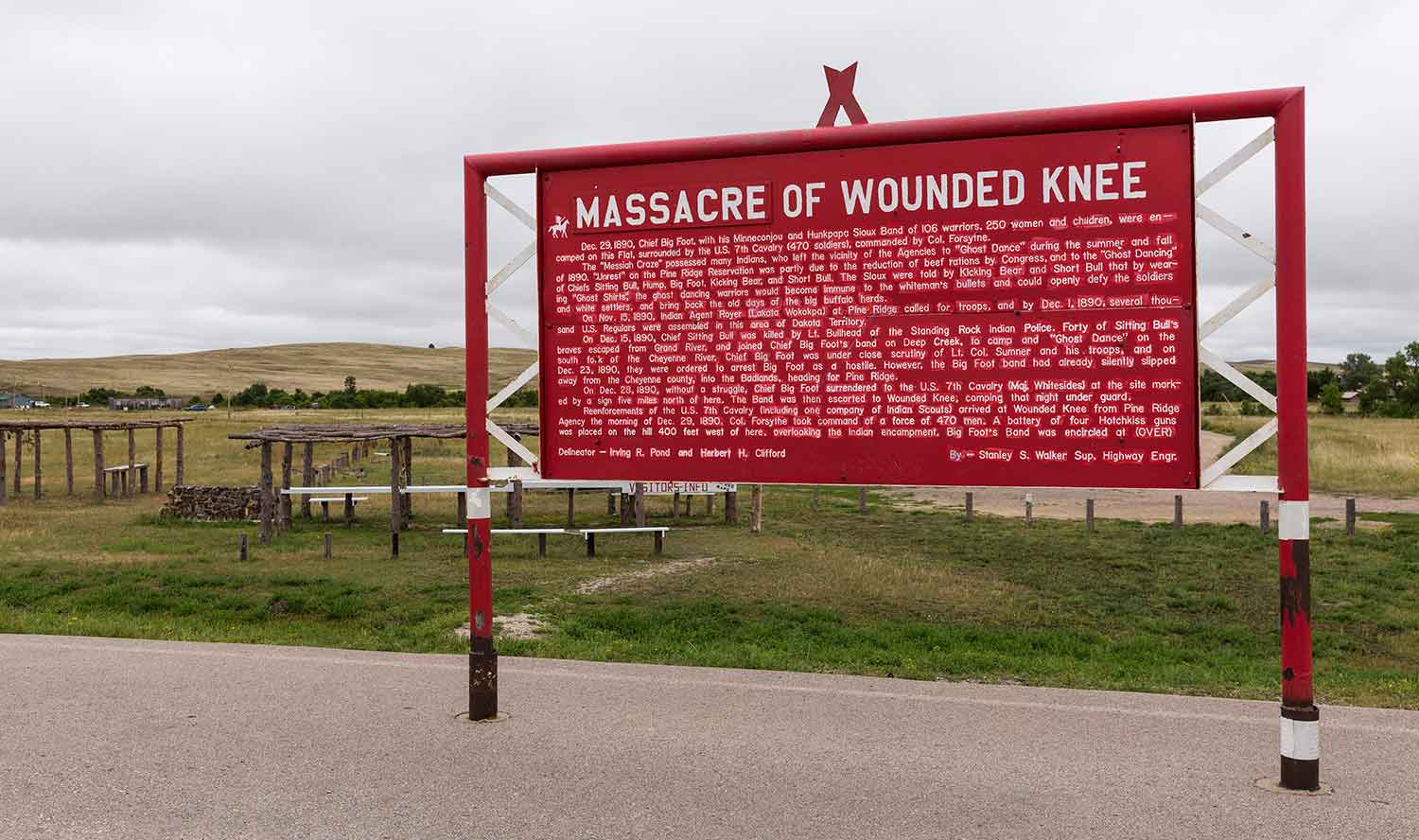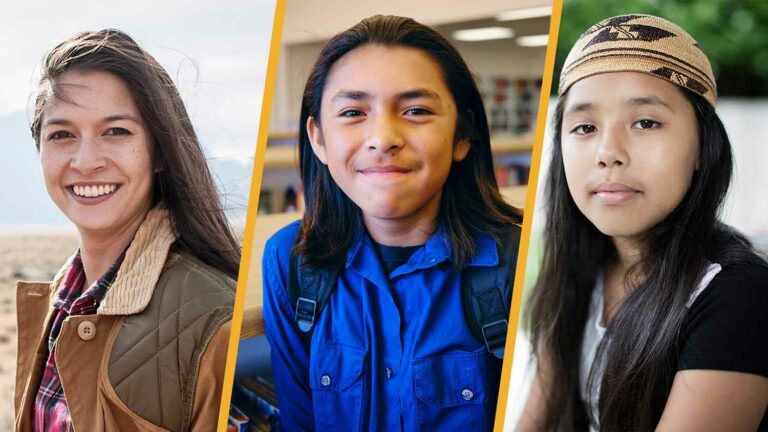Why Elections Matter
November 8 is Election Day in the United States. Here’s what midterm elections are all about.
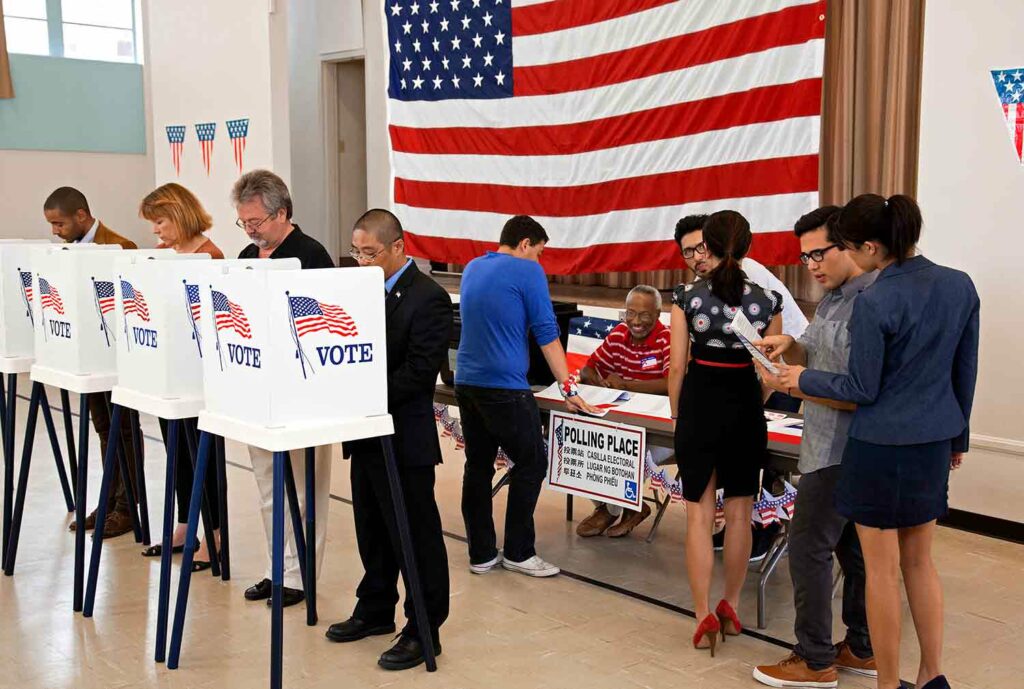
© Hill Street Studios—DigitalVision/Getty Images
In the United States, some people vote in person, while others vote by mail.
It’s election time again! On November 8, U.S. voters will head to the polls to cast their votes in the midterm elections. If you’re wondering why these elections are important, we’ve got some answers for you.
What are midterm elections?
You may be thinking, Wait, didn’t Americans just elect a new president in 2020? That’s true, and we won’t have another presidential election until 2024. Midterm elections take place midway through the president’s term in office. At this time, voters select members of Congress, which is made up of the House of Representatives and the Senate. All 435 seats in the House are up for grabs because House members’ terms last only two years. Senate terms last six years. In 2022, 35 of the 100 Senate seats are in play.
Why should we care?
The president is only one part of the U.S. government. It’s Congress, not the president, that introduces (proposes) and passes the nation’s laws. So, if you think certain laws should or should not be passed, it’s important to pay attention to who is being elected to Congress and what their views are. The president may support certain laws, but it’s up to Congress to decide whether to vote yes or no on them.
Who is in Congress now?
Most members of Congress belong to one of the two major political parties—the Republicans or the Democrats. Since both houses of Congress vote on laws, whichever party has the most seats holds control.
Currently, Democrats control both houses. That could change, depending on the results of the November 8 election. The Democratic majority is slim, so it wouldn’t take much for the Republicans to take control.
What happens if Republicans take control?
President Biden is a Democrat. With a Democratic majority in both houses of Congress, he has support from more than half of U.S. lawmakers. Some of the legislation he supports has been passed. If Republicans take control of either or both houses, that is likely to change.
For both Democrats and Republicans, the midterm elections are a real nail-biter. The results can dramatically change the course of the country! We’ll know more about how this election turned out very soon.
Did You Know?
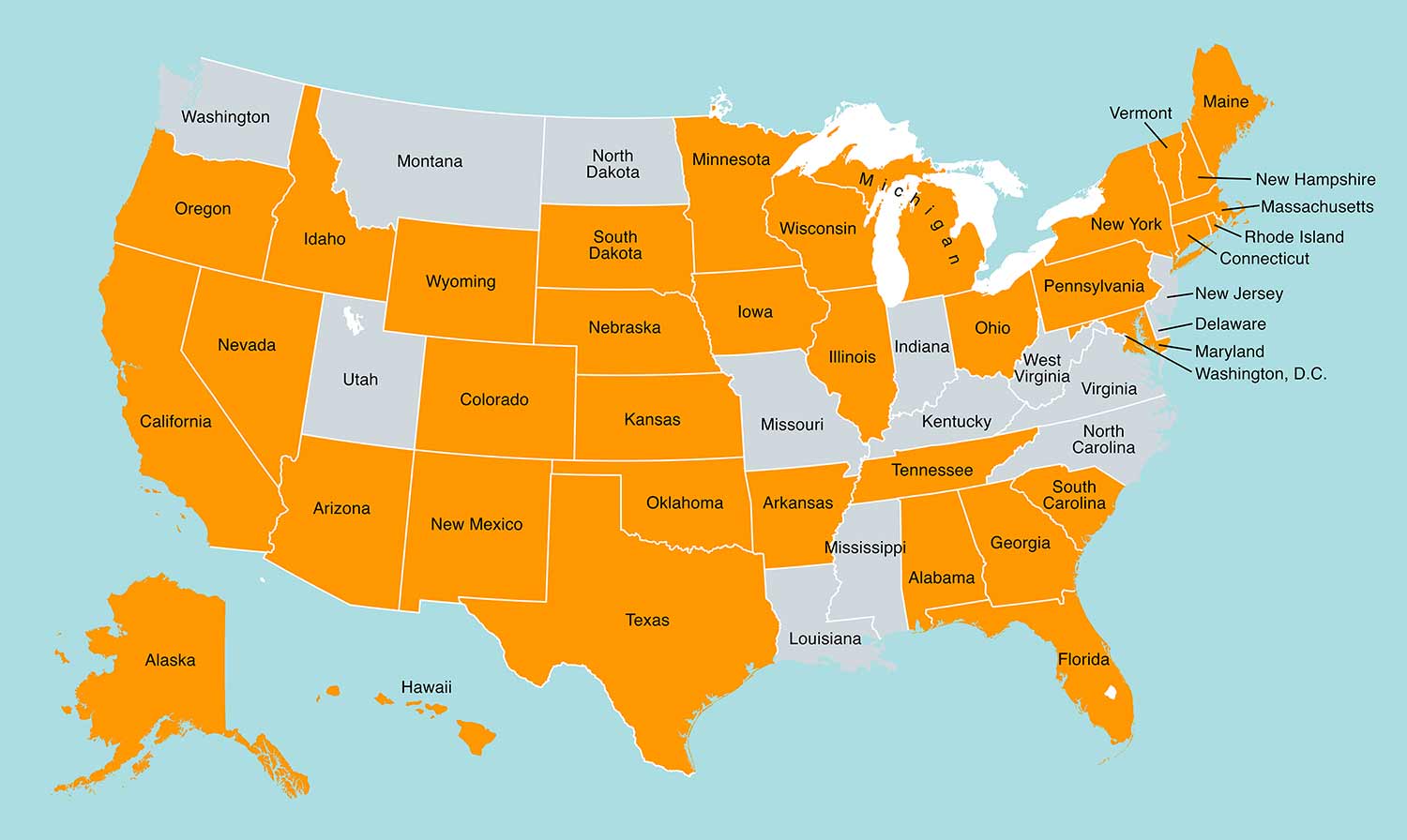
Encyclopædia Britannica, Inc.
November 8 isn’t just a day for congressional elections. Thirty-six of the 50 states are holding gubernatorial elections (elections for governor) this year. Those states are colored orange on this map. Is your state one of them?
How Abe Lincoln Became a Star
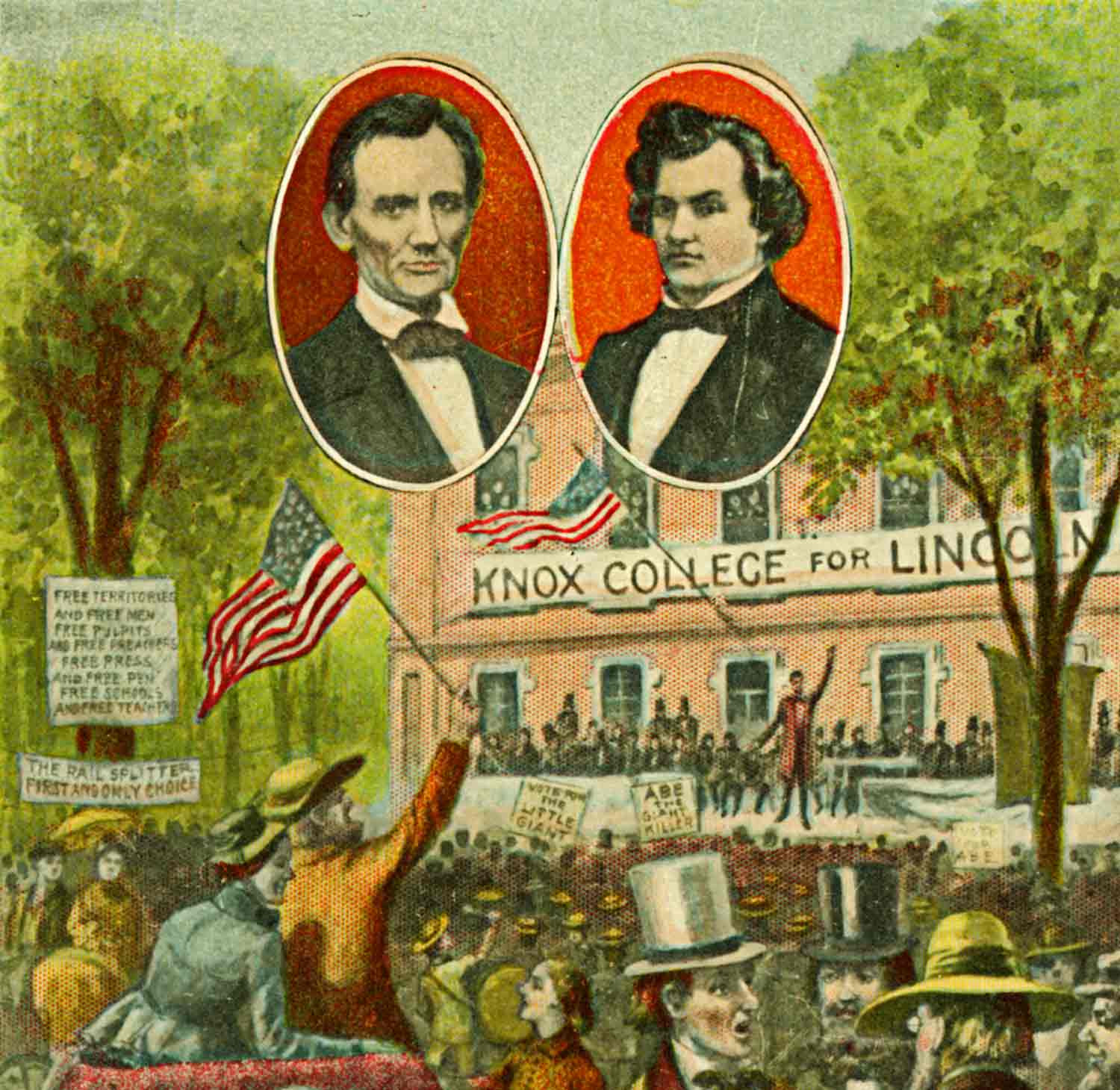
Old Paper Studios/Alamy
This postcard was made in 1908, in memory of the famous Lincoln-Douglas debates. Its existence shows just how important those debates were.
Some people who run for Congress turn out to be a pretty big deal. In 1858, Abraham Lincoln ran to represent Illinois in the U.S. Senate. Lincoln hoped to unseat Senator Stephen A. Douglas, who was running for reelection.
At that time, there were some incredibly important issues at stake. The biggest issue was slavery. During the mid-19th century, the United States was growing. Areas of land called territories were applying to become states. Leaders in some of these states applied to be “slave states”—states where slavery would be legal. Others applied to be “free states,” where slavery would be illegal. Lincoln believed the expansion of slavery should be prevented. Douglas, whose wife was an enslaver, said he believed that states should decide for themselves whether to allow slavery.
Lincoln recognized that this issue was tearing the nation apart. During this time, Lincoln gave a speech where he famously said, “A house divided against itself cannot stand.” What he meant was that the American people were so divided over slavery that the future of the country was threatened.
Before the Senate election, Lincoln and Douglas held a series of debates (public discussions between people who have different views). Lincoln argued that slavery was wrong and should not be allowed to expand as the nation grew. Douglas argued that Lincoln’s views were too extreme and would only divide the country more. Even though there was no TV or Internet back then, the debates were reported in newspapers all over the country.
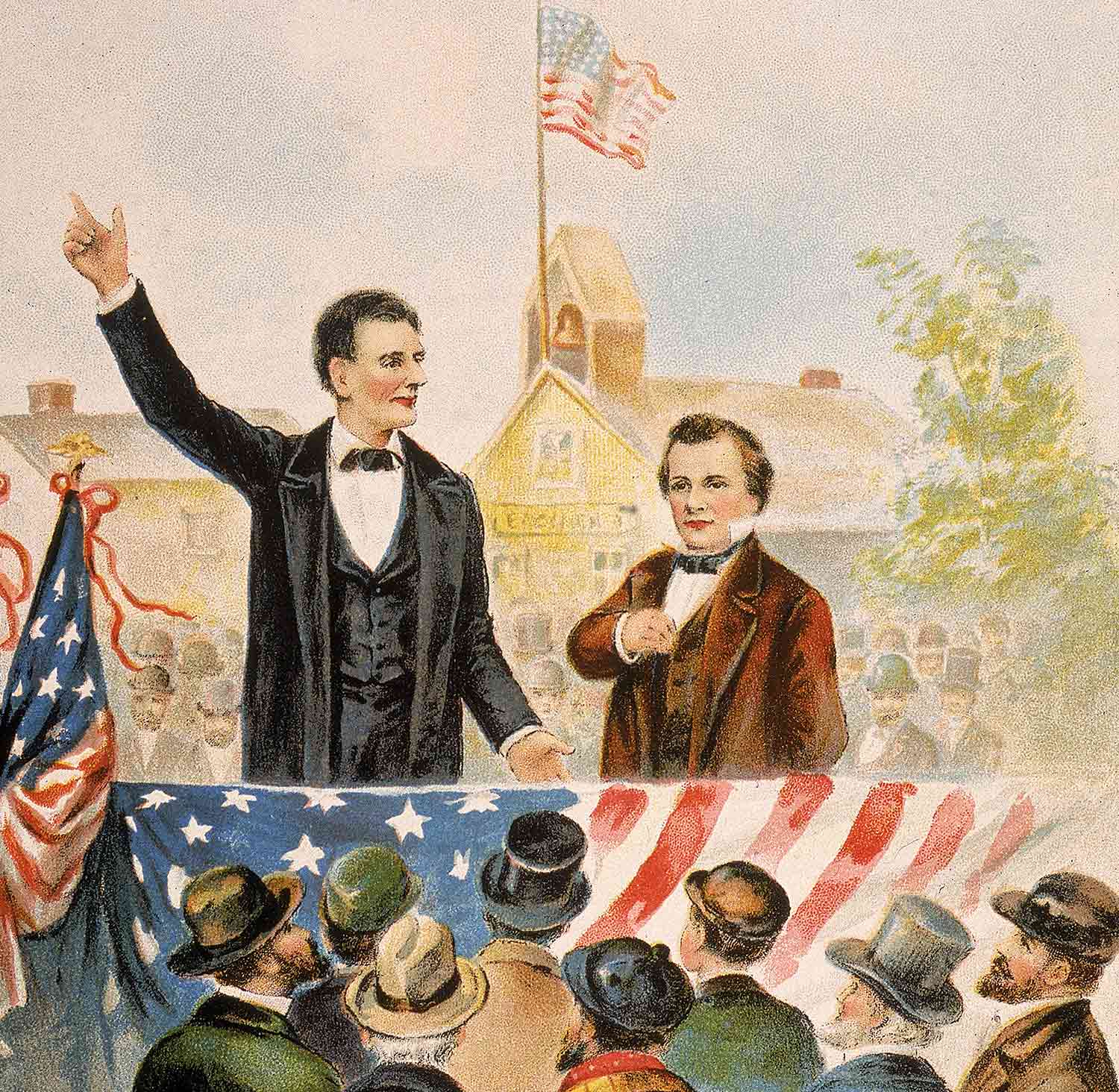
Kean Collection/Hulton Archive/Getty Images
Abraham Lincoln (left) debated Stephen A. Douglas in front of audiences in 1858. There was no TV, but newspapers reported on the debates.
Who won the election?
When all the votes were counted, Douglas was the winner. But the Lincoln-Douglas debates became famous—and Lincoln became a bit of a celebrity. In 1860, Lincoln decided to run for president. You’ll never guess who was running against him. That’s right—Stephen A. Douglas. This time, Lincoln won.
He would have a tough job to do. The question of slavery continued to tear the nation apart. Eventually, in 1861, it led to the Civil War.
You’ve probably read a lot about Abraham Lincoln. Did he really grow up in a log cabin? Was he really a wrestler? Find out at Britannica School!
Checking Up On Each Other
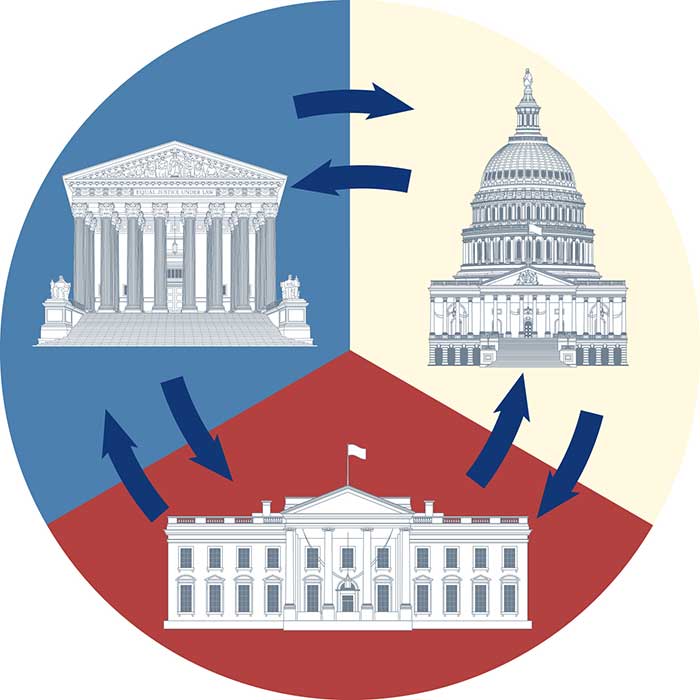
Encyclopædia Britannica, Inc.
The Supreme Court checks the powers of Congress, which checks the powers of the president, and so on.
Congress has the power to make laws, but those laws can be vetoed by the president or struck down by the Supreme Court. This is part of a system of checks and balances that’s baked into the U.S. government. With the system in place, each branch can put checks, or controls, on the powers of the other two.
What’s the point of checks and balances?
Find out at Britannica School!
WORD OF THE DAY
contentious
adjective
: likely to cause people to argue or disagree

Wordrow
In Case You Missed It
A new U.S. quarter honors Anna May Wong, the first Asian American movie star.
11.04.22
The prime minister of the United Kingdom resigned after just 45 days in office. Will the new prime minister be successful?
11.01.22
A robot called Cassie set a speed record after running on two feet. Why is that a big deal?
10.28.22
A fire swept through the island of Rapa Nui, damaging the island’s famous ancient statues.
10.25.22
